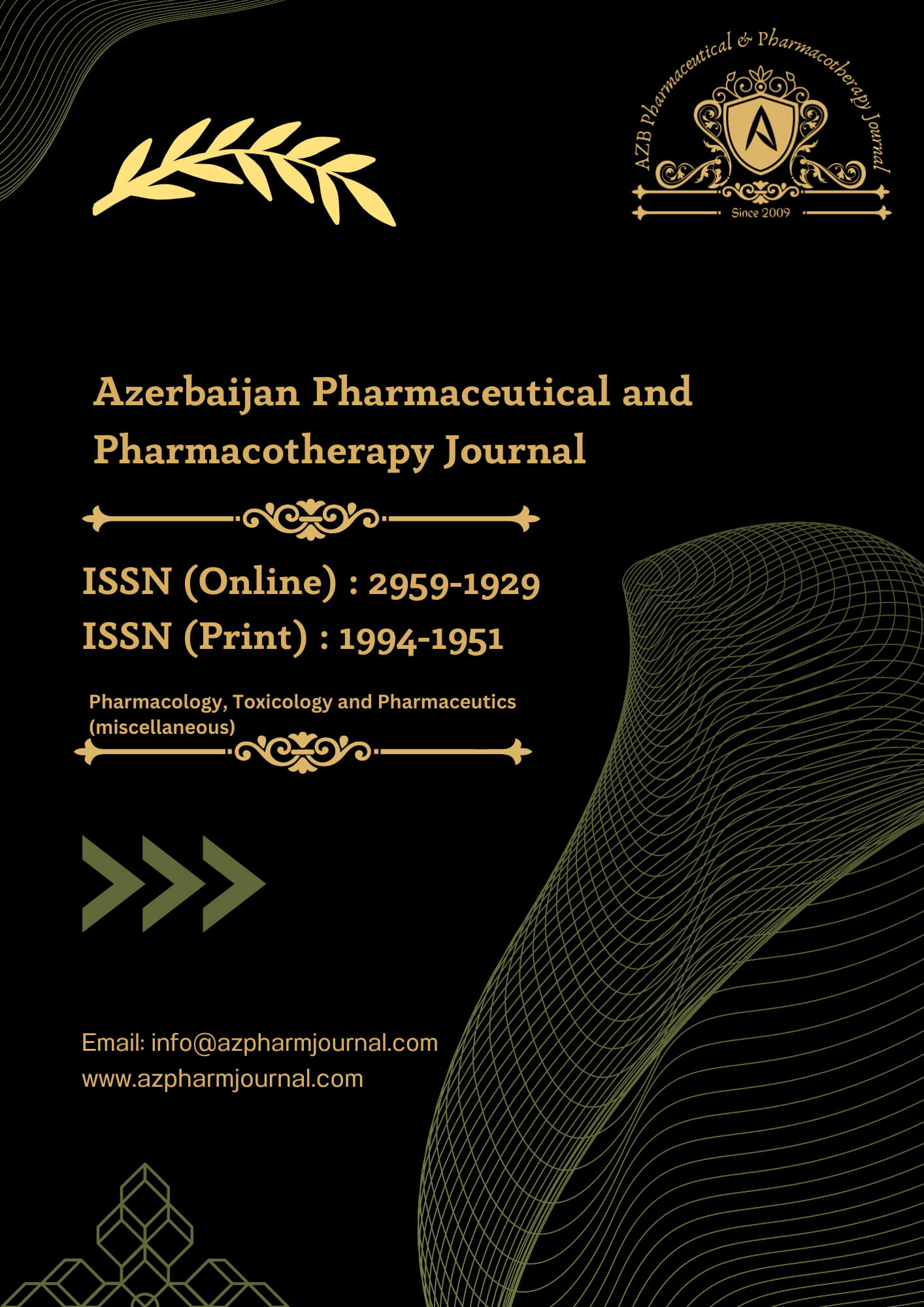1. Introduction
Ageing is a global phenomenon old age is not in itself an illness, but is a normal element of the human life cycle. Ageing is a normal, universal, progressive, irreversible process. It is an inevitable physiological phenomenon. The human life span follows an established pattern birth to death. Then there occurs a steady decrease physical and mental capacities.
Cataract is defined by the WHO as a clouding of the eye’s lens, which at first impairs vision but can progress to blindness if ignored. Increased light sensitivity, reduced night vision, double images and absolute blindness are all symptoms of this condition. Even though most cataracts are caused by age, there are very rare cases where a cataract is a result of eye trauma, inflammation, and some other eye illnesses [1].
Cataract is the major cause for visual impairment among individuals of developing and poor countries. It is a multifactorial condition, wherein opacification of the eye lens occurs, generating greater light scattering [2].
The term "cataract" refers to the opacification of the lens of the eye. Vision problems, such as glare, haloes around lights, and difficulty reading in low light are all signs of cataracts. Cataract formation is influenced by a number of risk factors. Age, sun exposure, trauma, tobacco use, and usage of anabolic steroids and other performance-enhancing drugs are the most common causes of skin aging. Cataract formation is frequently influenced by a combination of two or more of these risk factors [3, 4].
Visual impairment is closely connected with fair or poor health state and restricted exercise. Age-related eye problems raise the risk for accidents, falls, and hip fractures. Age-related eye illnesses can impede the capacity of older persons to lead an independent life, consequently severely altering their lifestyle. A relationship exists between the loss of vision and loss of overall function [5].
Dementia is a significant risk factor for visual impairment. There are more than 35 million people worldwide who are affected by cataracts, which causes blindness in about 20 million of them. The majority of people over the age of 65 who are at high risk of developing dementia suffer from cataracts. In terms of the link between cataract removal and cognitive decline or dementia, however, there are inconsistent data [6].
Cataract is the most common cause of blindness in the 116 countries included by the WHO program for the prevention of blindness’s blindness data bank. Nearly half a billion individuals suffer from serious vision loss, and cataracts are responsible for 17 million of them. In 43.6 percent of the country, cataracts were listed as the leading cause of blindness [7].
Among people under 65, cataract prevalence is less than 5%; by the time they reach 75, that number rises to about 50%. As a result, cataracts are now considered a disease connected with growing older [8].
More than a third of the world’s blind people are women, with 191 million people suffering from mild to severe vision impairment (MEVI) (60 percent). A high incidence of age-related blindness in South Asian nations (4.4 percent vs. 6.0 percent) is nevertheless lower than in Sub-Saharan countries, but the prevalence of MEVI is slightly greater in South Asian countries than in Oceania (23.6 percent) (18.9 percent) [9].
Worldwide, cataract is the leading cause of blindness and the second leading cause of impaired vision, impacting people of all ages and ethnic backgrounds and driving up the expense of healthcare systems. One billion of the 2.2 billion people with vision impairment worldwide have vision impairments that might have been prevented. 65.2 million of the 1 billion potential avoidable vision impairments are cataract-related [10].
Knowledge is a consciousness of the presence of something and information and understanding of a specific issue of the world in general which is obtained by experience or studying, knowledge is to comprehend specific topic or of the world in general. In psychological views, Attitude is a relatively persistent structure of beliefs, attitudes, and behavioral tendencies towards socially relevant things, people, events or symbols [11].
Insufficient knowledge (about the risk factors, nature of the disease, and treatment alternatives) was shown by several studies to be a major factor in patients delaying prompt treatment. Other factors included poor financial standing, immobility, incorrect perception, residual vision, and erroneous perception. The most important element in preventing cataract from developing, starting routine eye exams, and putting early interventions into place is knowledge about cataract. As a result, the disease’s impact is reduced. A prerequisite for developing health education and promotion initiatives is also to measure cataract knowledge. The burden of preventable causes of blindness and visual impairment is thought to be reduced in poor countries by health education and promotion [12].
The burden of eye disorders can be reduced by health promotion, which will ultimately reduce the number of people who are blind or have impaired vision. Research on people’s attitudes and knowledge can help health care practitioners create more effective health promotion and education initiatives [13].
The study aim to assess older adults’ knowledge and attitude toward cataract, and identify relationship between the socio-demographic characteristics of older adults’ knowledge and attitude toward cataract.
